
If general practice was a fruit, a mango say, its skin would be the regulations and standards that surround and govern our discipline. (Actually, that analogy works well — dealing with Medicare and the allergenic skin of Mangifera indica are not too dissimilar).1 Its stringy but exotic flesh would be the community in which we live and work. And at its core, the solid seed at its heart, would be the doctor-patient encounter. The consultation.
The word consultation comes from the Latin consultare, to ‘take the advice of’. And for years this unidirectional definition was the prism through which general practice was traditionally practiced, and taught — the time-honoured face-to-face consultation, the expert doctor sitting at a desk with the patient opposite, passive and powerless.
But gradually (and thankfully) things have moved on, and with advances in technology and clinical evidence and common sense, the consultation has evolved. Patients have moved position to now sit alongside us, not across from us. And their changed location is not just geographic, but also authoritative — they are now equal partners in the decision-making process. We have embraced risk assessment tools, jargon-free dialogue and smart phone images (seemingly over-represented by photos of discoloured baby poo). We have even stopped wearing ties.
Until now, these changes have been adaptive, gradual, non-threatening. But the prism has been smashed.
The COVID-19 pandemic has led to a dramatic, and almost overnight, transformation in general practice, most notably with the rapid shift to telehealth. Our patients now consult us from another town. And, depending on the technological platform, the subtle road signs that we have thus far relied on to navigate our consultations, like smiles or bruises or barefootedness, may be invisible. COVID-19 has turned the traditional consultation on its head. Telehealth is the new black.
So how do we approach this new paradigm? Can we use an old trick for this new dog?
Our patients now consult us from another town. Telehealth is the new black.
• Connecting. Have we got rapport?
• Summarising. Do I know why the patient that has come today?
• Handing over. Have we agreed on a management plan?
• Safety netting. Have I covered the ‘what ifs’?
• Housekeeping. Am I in good shape for the next patient?
Neighbour’s consultation model has since become a cornerstone of general practice teaching. But while developed for the traditional face-to-face general practice consultation, a modified version of Neighbour’s five checkpoints would appear to have great relevance to the contemporary context of telehealth.
Housekeeping
Let’s start at the end. Being in good cognitive and emotional shape for the next patient° remains just as important (if not more so), but the telehealth context demands consideration of a few extra tasks. For starters, you need to assess whether the consultation is appropriate for telehealth. Is the technology working? Is your phone number blocked? Do you have access to the patient‘s clinical record?
And, with telehealth, housekeeping is not just a metaphor — tidying last night’s dishes from view and ensuring no inadvertent Zoom bombing by a naked housemate are housekeeping tasks Neighbour presumably didn’t reckon on.
Connecting
Neighbour’s ‘connecting’ checkpoint flags whether rapport has been established. Wait! Building rapport over the phone? C’est possible? Suddenly all that jargon we learnt in those fun communication skill role plays from medical school — active listening, reflecting, use of silence, chunking — has renewed importance. Speak a wee bit more slowly. Use open-ended questions. Add a few more ‘ah’s and ‘I see’s.
But telehealth broadens the scope of connecting beyond relational to also include technological — literally ‘connecting’. We now need to ensure that the patient can see and/or hear us well before we start. We are obliged to check their identity and consent them to the call. Is the patient alone (or not)? Are they in the frozen food aisle of Waitrose again? And are they recording the call?3
But the new ‘connecting’ isn’t all bad — we can use technology to our advantage. Perhaps ask the patient what the problem is and then switch to ‘mute’ — you can’t interrupt them when you’re muted! And if you want to close your eyes to concentrate, you can, without giving the impression that you have drifted off.
Summarising
In summary:
• Gather data
• Probe for ideas, concerns and expectations
• Think out aloud
• Repeat information back to the patient
• ‘So what I think it have heard is…’
Handing over
Unlike housekeeping, handing over remains firmly metaphorical in the time of COVID-19, even with ready access to alcohol gel. This is the step where the plan is discussed and agreed, and the patient invited to take responsibility for their management. Telehealth raises the importance of a follow-up face to face consultation° and potentially complicates the process for prescriptions and referrals.
Safety netting
The term safety netting always takes me back to my childhood when the travelling circus used to come to our local showground and we would watch trapeze artists in gaudy 70s leotards performing ‘WITHOUT A SAFETY NET!’. Inadvisable then and now. Safety netting is especially important in the ‘communication-impaired’ telehealth encounter, including articulating your uncertainty and discussing Neighbour’s ‘what if’s?’.
So there it is, a 33 year old trick for the new dog of telehealth. Even though the mango seed might be a different shape, everything within it — the patient, the problem and the doctor remain the same.
References
1. T Indi, Meuli JG. Mango Contact Allergy. J Travel Med 2010;17(4):284
2. Neighbour R. The inner consultation: how to develop an effective and intuitive consulting style. 2nd edn. Oxford: Radcliffe Medical Press, 2004
3. Greenhalgh T, Choon Huat Koh G, Car J. Covid-19: a remote assessment in primary care BMJ 2020;368:m1182
Featured photo by Dylan Ferreira on Unsplash

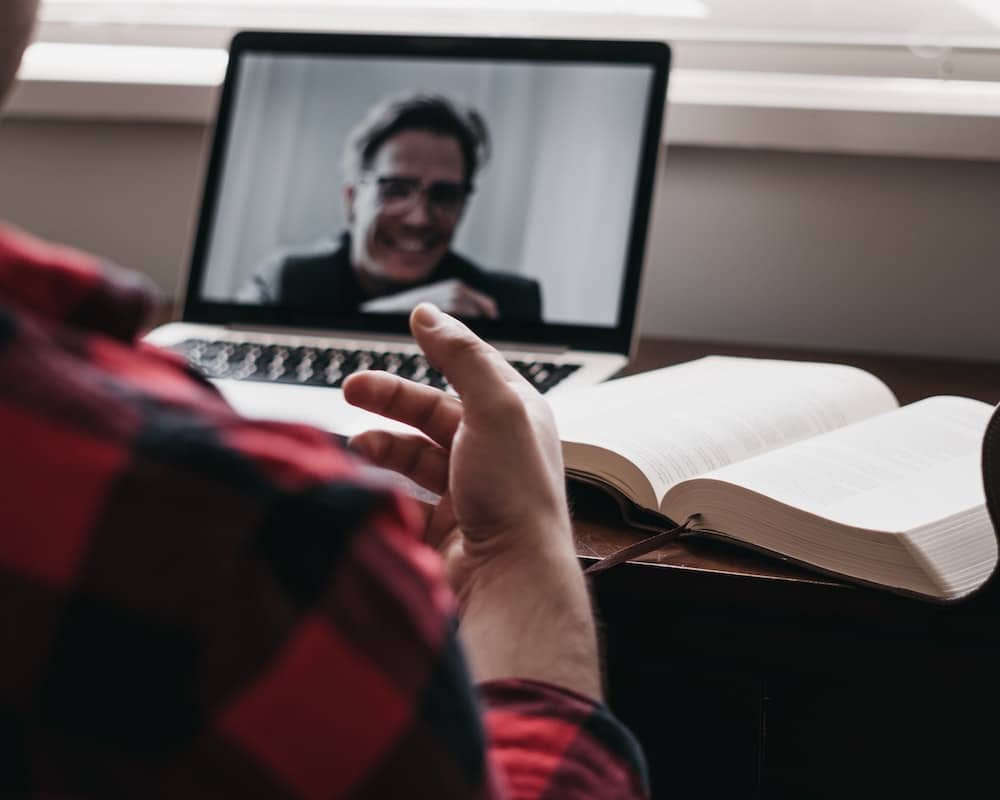
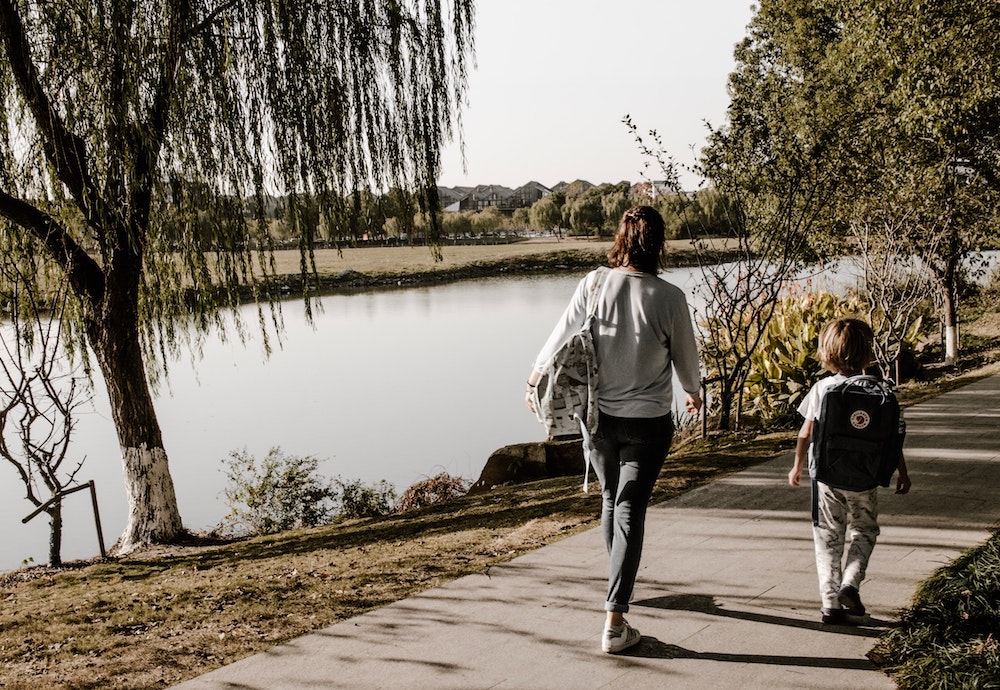

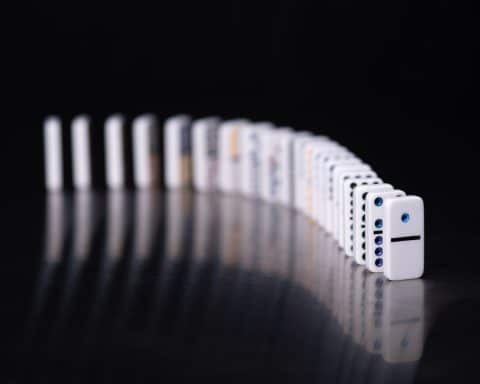

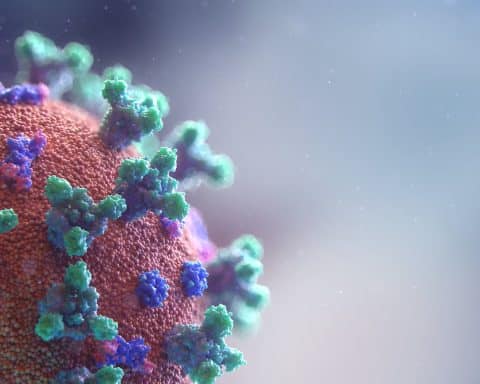
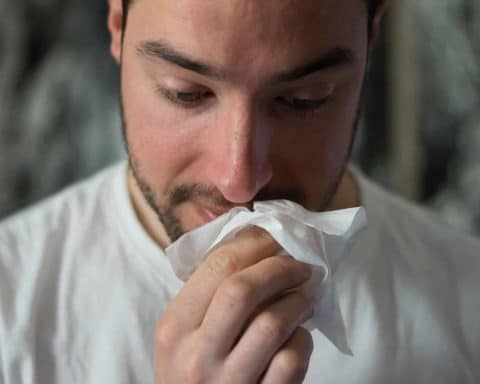

I very much enjoyed this article. Especially some of the funny things about what’s in the background in eConsults. 😃